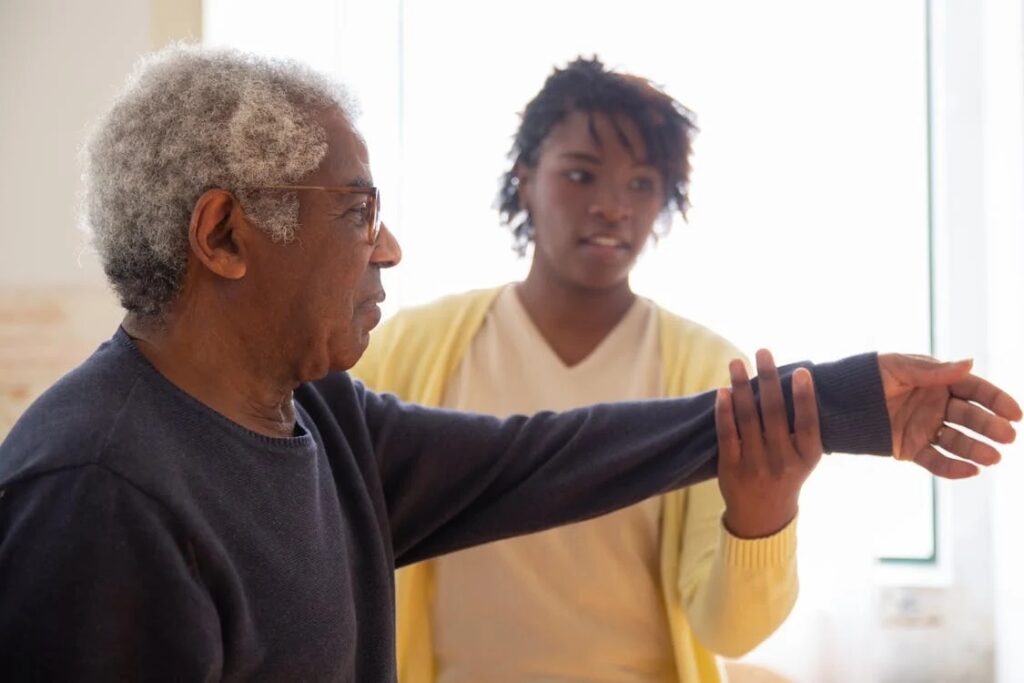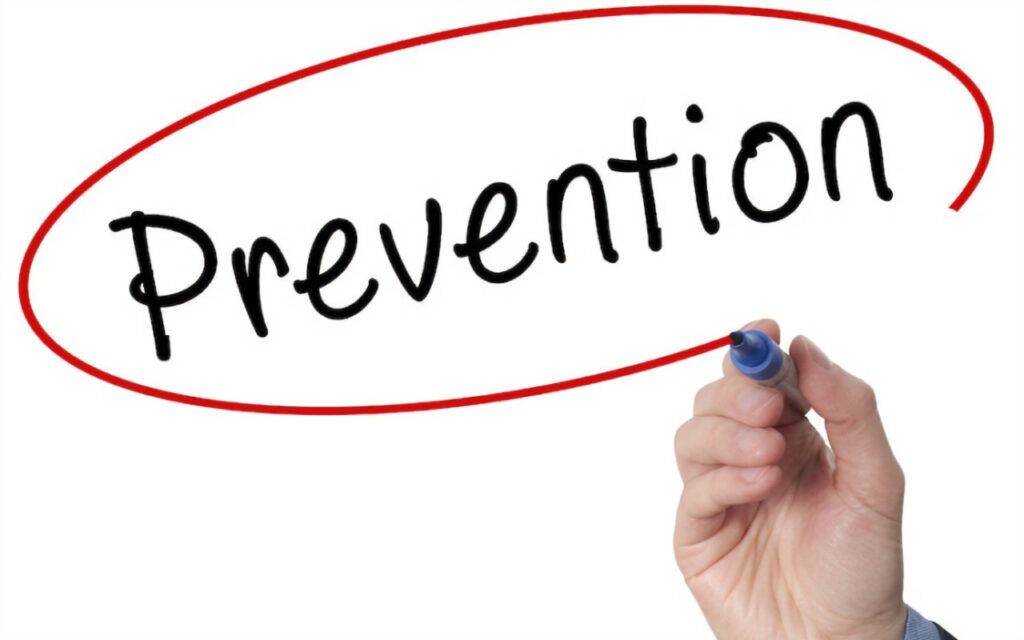
Sarcopenia is a Natural Process as we Age
Muscle Dormancy Syndrome. Here, I have often mentioned sarcopenia, it is a natural process that happens to every human. But if we do nothing about it we gradually get weaker, and frailer, however, if we exercise and have a proper diet we can ward off the effects of sarcopenia. So then, many who are suffering from sarcopenia find it to hard to fight back with exercise and simply give up.
Consequently, after giving up, sufferers move less, and of course, the situation gets even worse. Here, the level of age-related muscle loss is or can be affected by other underlying issues, causing MDS, a term used to describe the progressive decline in muscle responsiveness due to inactivity, ageing, or underlying health conditions. What this means is that muscles do not respond when the brain sends signals.
Muscle Dormancy Syndrome (M D S)
Muscle Dormancy Syndrome (MDS) is a condition that affects muscle activation and function, particularly in older adults. And while not widely recognised in mainstream medical literature, it is a term used to describe the progressive decline in muscle responsiveness due to inactivity, ageing, or underlying health conditions. Furthermore, this post explores the history, effects, diagnosis, and potential treatments for Muscle Dormancy Syndrome, providing valuable insights for older adults seeking to maintain mobility and strength.
The History of (MDS)

So then, the concept of muscle dormancy has long been observed in ageing populations. Subsequent tudies in the mid-20th century began identifying age-related muscle deterioration, later termed sarcopenia. However, MDS encompasses more than muscle loss—it involves neuromuscular inefficiency, meaning the brain struggles to activate dormant muscle fibres. As a result, research has drawn connections between MDS and conditions such as prolonged immobility, sedentary lifestyles, and neurodegenerative diseases.
The Effects of (MDS) on Older Adults

- Reduced Mobility and Strength: A decline in muscle activation leads to decreased functional ability.
- Increased Risk of Falls: Weak or unresponsive muscles contribute to instability and fall-related injuries.
- Chronic Pain and Stiffness: Dormant muscles may cause discomfort, particularly in the lower back, legs, and shoulders.
- Delayed Recovery from Injuries: Reduced muscle engagement impairs healing and rehabilitation.
- Negative Impact on Mental Health: Loss of independence and mobility can lead to anxiety and depression.
Diagnosing Muscle Dormancy Syndrome (MDS)

Muscle Dormancy Syndrome. Diagnosis requires a combination of:
- Clinical Assessments: Evaluating muscle strength, coordination, and response to stimuli.
- Electromyography (EMG) Testing: Measuring electrical activity in muscles to detect reduced activation.
- Functional Movement Tests: Assessing gait, balance, and range of motion.
- MRI and Ultrasound Imaging: Identifying muscle atrophy or fatty infiltration due to inactivity.
Treatment and Management Strategies for (MDS)

Muscle Dormancy Syndrome. While there is no single cure for MDS, treatment focuses on reactivating dormant muscles and preventing further decline. Strategies include:
- Physical Therapy and Exercise: Resistance training, flexibility exercises, and neuromuscular re-education.
- Electrical Stimulation Therapy: Using devices to stimulate muscle fibres and improve function.
- Nutritional Support: Ensuring adequate protein, vitamins, and minerals to support muscle health.
- Mind-Muscle Activation Techniques: Practicing focused muscle engagement through guided movement.
- Lifestyle Modifications: Encouraging regular movement, avoiding prolonged sitting, and incorporating balance exercises.
Preventing Muscle Dormancy Syndrome

Muscle Dormancy Syndrome. Above all, prevention is key to maintaining long-term muscle health. Older adults should focus on:
- Staying physically active through daily movement and structured exercise.
- Incorporating resistance training to maintain muscle strength.
- Prioritizing balance and coordination exercises to prevent falls.
- Maintaining a nutrient-rich diet to support muscle function.
- Seeking early intervention for mobility challenges or prolonged periods of inactivity.
DONATE, All donations go toward the running of Pensioner Fitness![]()
Pensioner Fitness Awards
THE BUSINESS CONCEPT, BEST IN BUSINESS AWARDS
- “MOST INSPIRING SENIOR WELLNESS WEBSITE 2023“
THE GLOBAL HEALTH AND PHARMA, FITNESS AND NUTRITION AWARDS
2. “BEST SENIOR FITNESS AND NUTRITION SPECIALIST 2023“
THE MIDDLE EAST AND AFRICA BUSINESS AWARDS
3. “ MOST INCLUSIVE FITNESS PROVIDER 2023″
THE CORPORATE LIVE WIRE GLOBAL AWARDS 2023/2024
4. ” FITNESS ADVISORY PLATFORM OF THE YEAR“ 2023/2024
In Conclusion
Muscle dormancy Syndrome represents a significant yet often overlooked challenge in ageing populations. By understanding its causes, effects, and available treatments, older adults can take proactive steps to prevent muscle dormancy and maintain their independence. With a focus on movement, strength, and proper care, it is possible to counteract the effects of MDS and lead a healthier, more active life.
Remember! Prevention is far better than cure, so without a doubt, you are responsible for your health. As a result you are not too old to start exercising, or to eat healthy food to help maintain your physical and mental health. So then, the loss of mobility, and independence is not desirable by any of us. The ball is in your court.
Ians Point of View.
We all have issues in our life, money, family, relationships, career, and personal issues, and I get that, but your health is the most important thing you will ever worry about. Because when you become ill, and incapacitated, everything else pales into insignificance, your total focus is your health issue, nothing can top that while you are ill, so think carefully about what you can do to stay healthy and prevent getting sick, like eating good food not junk, exercising to preserve your strength, and your mental health. So then put your health first, because you matter!!!!!!!
Important Note *
Remember that everyone is different, it is ultimately YOUR RESPONSIBILITY to find what your body responds to. So please do your due diligence before trying anything new, including getting Medical Advice to ensure your safety and peace of mind.
Connect with me and leave a comment.